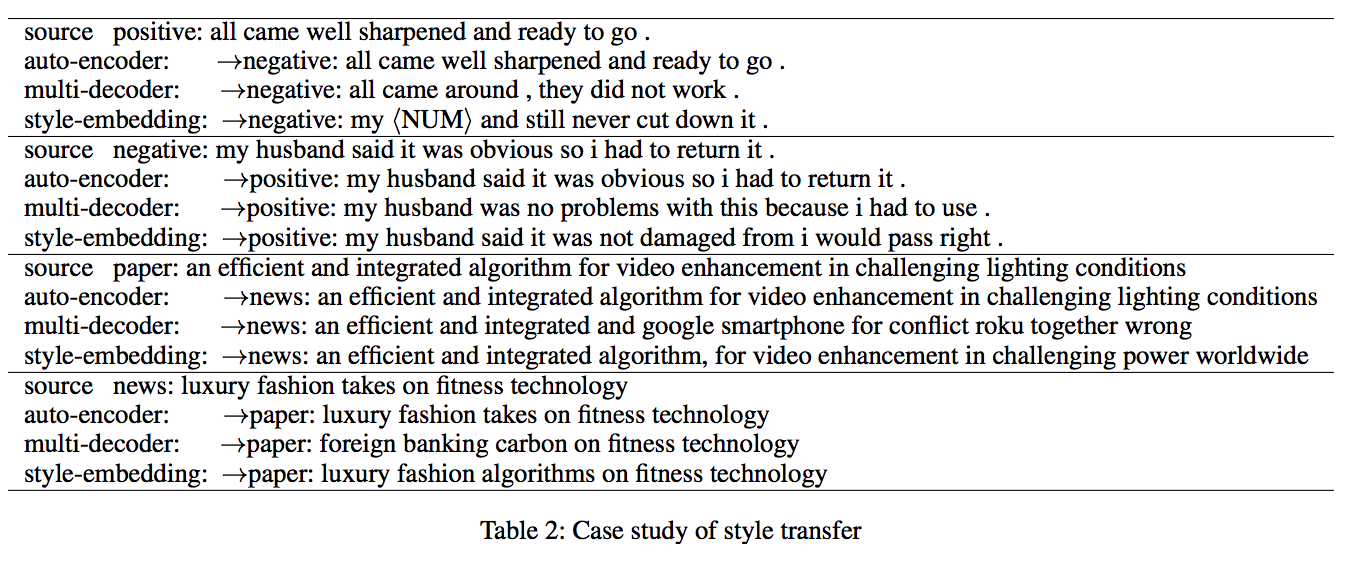

Explore the inventions, technology and ideas of science fiction writers
Date Device Name (Novel Author)
1634 Weightlessness (Kepler) (from Somnium (The Dream) by Johannes Kepler)
1638 Weightlessness in Space (from The Man in the Moone by Francis Godwin)
1638 Gansas (from The Man in the Moone by Francis Godwin)
1657 Moon Machine - very early description (from A Voyage to the Moon by Cyrano de Bergerac)
1705 Cogitator (The Chair of Reflection) (from The Consolidator by Daniel Defoe)
1726 Knowledge Engine - machine-made expertise (from Gulliver's Travels by Jonathan Swift)
1726 Geometric Modeling - eighteenth century NURBS (from Gulliver's Travels by Jonathan Swift)
1726 Bio-Energy - produce electricity from organic material (from Gulliver's Travels by Jonathan Swift)
1726 Laputa - a floating island (from Gulliver's Travels by Jonathan Swift)
1727 Androide - the original (from Cyclopaedia by Ephraim Chambers)

You don't need to write any code to create a simple story with Twine, but you can extend your stories with variables, conditional logic, images, CSS, and JavaScript when you're ready.
Twine publishes directly to HTML, so you can post your work nearly anywhere. Anything you create with it is completely free to use any way you like, including for commercial purposes.
Twine was originally created by Chris Klimas in 2009 and is now maintained by a whole bunch of people at several different repositories.
AI research that touches on dialogue and story generation. As before, I’m picking a few points of interest, summarizing highlights, and then linking through to the detailed research.
This one is about a couple of areas of natural language processing and generation, as well as sentiment understanding, relevant to how we might realize stories and dialogue with particular surface features and characteristics.


Un bref résumé pour chaque jeu, des étiquettes pour identifier chaque style, genre, thème.
L’idée n’est pas de faire une critique de chaque jeu, juste de te permettre de guider tes lectures et tes choix en fonction de ce que tu recherches.
By David Shultz
Apr. 22, 2016 , 10:15 AM
When it comes to the origin of Western fairy tales, the 19th century Brothers Grimm get a lot of the credit. Few scholars believe the Grimms were actually responsible for creating the tales, but academics probably didn’t realize how old many of these stories really are. A new study, which treats these fables like an evolving species, finds that some may have originated as long as 6000 years ago.
The basis for the new study, published in Royal Society Open Science, is a massive online repository of more than 2000 distinct tales from different Indo-European cultures known as the Aarne–Thompson–Uther Index, which was compiled in 2004. Although not all researchers agree on the specifics, all modern Indo-European cultures (encompassing all of Europe and much of Asia) descended from the Proto-Indo-European people who lived during the Neolithic Period (10,200 B.C.E.–2000 B.C.E.) in Eastern Europe. Much of the world’s modern language is thought to have evolved from them.

Stripgenerator is free of charge project created to embrace the internet blogging and strip creation culture, helping the people with no drawing abilities to express their opinions via strips. Yeah, I am one of them as well.
Le Pic Pic Andre Shoow est une serie de court metrages d'animation de quatre episodes realises par Vincent Patar et Stephane Aubier. http://www.picpicandre.be/
Le Pic Pic Andre Shoow est une serie de court metrages d'animation de quatre episodes realises par Vincent Patar et Stephane Aubier. http://www.picpicandre.be/
Une petite fille, un jeune homme, une jeune femme, un homme plus age : trois generations differentes. Dans une maison, sur la plage, au bord de l'ocean, ces quatre personnages partagent des moments simples de la vie. Pourtant, tout est loin d'etr
The Case of Narrative in Digital Media
Flash narration